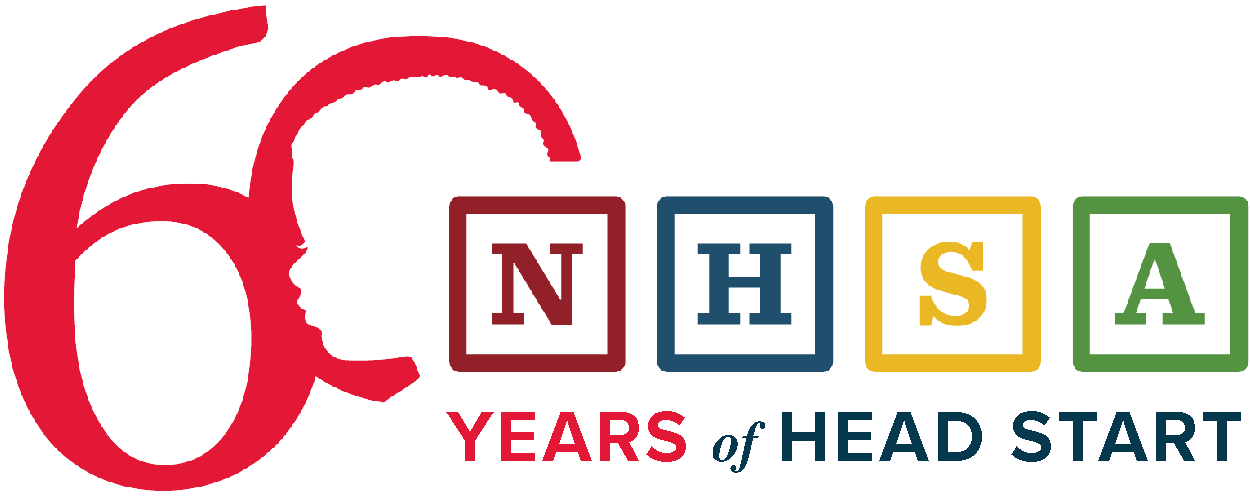Action research is a method used by teachers to solve everyday issues in the classroom. It is a reflective, democratic, and action-based approach to problem-solving or information-seeking in the classroom. Instead of waiting for a solution, action research empowers teachers to become critical and reflective thinkers and lifelong learners that are dedicated to helping improve student learning and teaching effectiveness.
Teachers or program leaders can take on an action research project by framing a question, carrying out an intervention or experiment, and reporting on the results. Below you’ll find resources, examples, and simple steps to help you get started.
Resources
- Staff Workshop Teacher Handout: Action Research in Early Childhood – This article from Scholastic explains the positive benefits of using action research in early childhood settings. It includes suggested topics to study and an overview on the topic.
- How to Do Action Research in Your Classroom – This informative guide was created by the Teachers Network Leadership Institute. Established in 1996 to connect education policy with classroom practice to improve student success in the school, this initiative works in partnership with New York University Steinhardt School of Education. The guide addresses each aspect of action research in a clear and concise manner and is a great tool for people with any level of research experience.
Action Research in Early Childhood Education
Transitioning to kindergarten from the preschool setting can be a difficult time for children and parents. Research has shown that barriers during transition can translate into difficulties in the later school years. To help alleviate the stress and anxiety of transitioning, two early childhood teachers in Singapore conducted an action research study that focused on incorporating constructive and pretend play to help children during this time. This study is a great example of action research in the early childhood setting.
Steps for Action Research
1. Identify a Topic
Topics for action research can include the following:
- Changes in classroom practice
- Effects of program restructuring
- New understanding of students
- Teacher skills and competencies
- New professional relationships
- New content or curricula
2. Develop a Plan
It is important to have a well thought out plan to help guide your research. You can work individually or as a group. A data literacy skillset will be critical. A few things to keep in mind:
- What problem do you want to solve? What information are you seeking?
- What data will need to be collected to help find a solution or answer?
- How will it be collected, by whom and from whom?
- How can you assure that your data will be reliable?
3. Collect Data
A mixed-method approach is a great way to ensure that your data is valid and reliable since you are gathering data from more than one source. This is called triangulation.
Mixed-methods research is when you integrate quantitative and qualitative research and analysis in a single study. Quantitative data is data that can be measured and written down with numbers. Some examples include attendance records, developmental screening tests, and attitude surveys. Qualitative data is data that cannot be measured in a numerical format. Some examples include observations, open-ended survey responses, audio recordings, focus groups, pictures, and in-depth interviews.
Ethically, even if your research will be contained in the classroom, it is important to get permission from the director or principal and parents. If your data collection involves videotaping or photographing students, you should review and follow school procedures. Always make sure that you have a secure place to store data and that you respect the confidentiality of your students.
4. Analyze and Interpret the Data
It’s important to consider when data will be able to answer your question. Were you looking for effects right away or effects that last until the end of the school year? When you’re done, review all of the data and look for themes. You can then separate the data into categories and analyze each group. Remember the goal of the analysis is not only to help answer the research question, but to gain understanding as a teacher.
5. Carry out an Action Plan to Improve Your Practice
After the analysis, summarize what you learned from the study.
- How can you share your findings?
- What new research questions did the study prompt you to research next?
- What actionable steps can you make as a result of the findings?
References
Pine, G. J. (2008). Teacher action research: building knowledge democracies. Sage Publications.
Related Content
